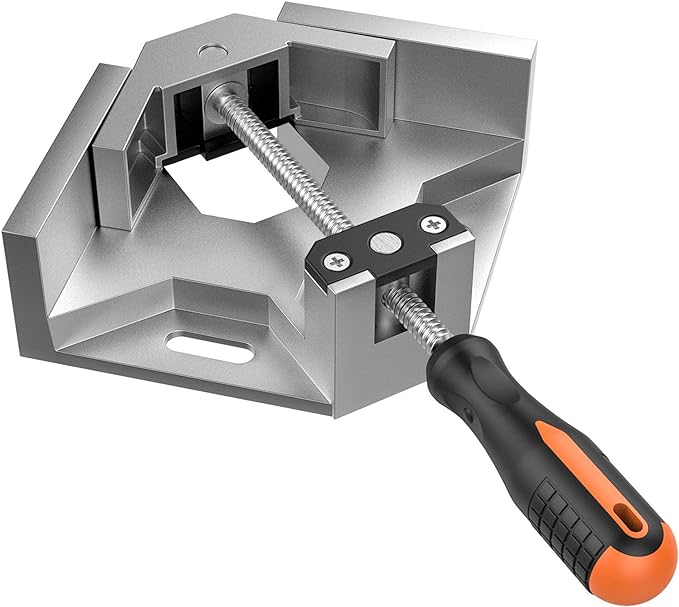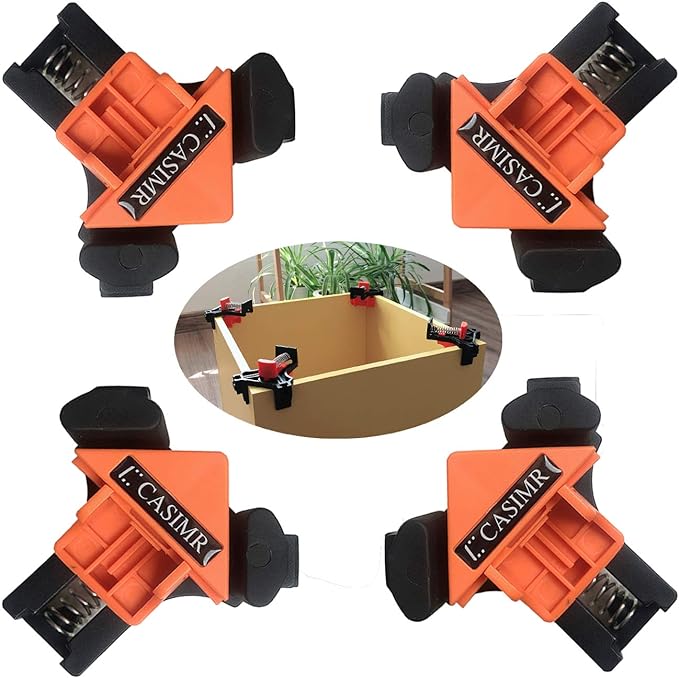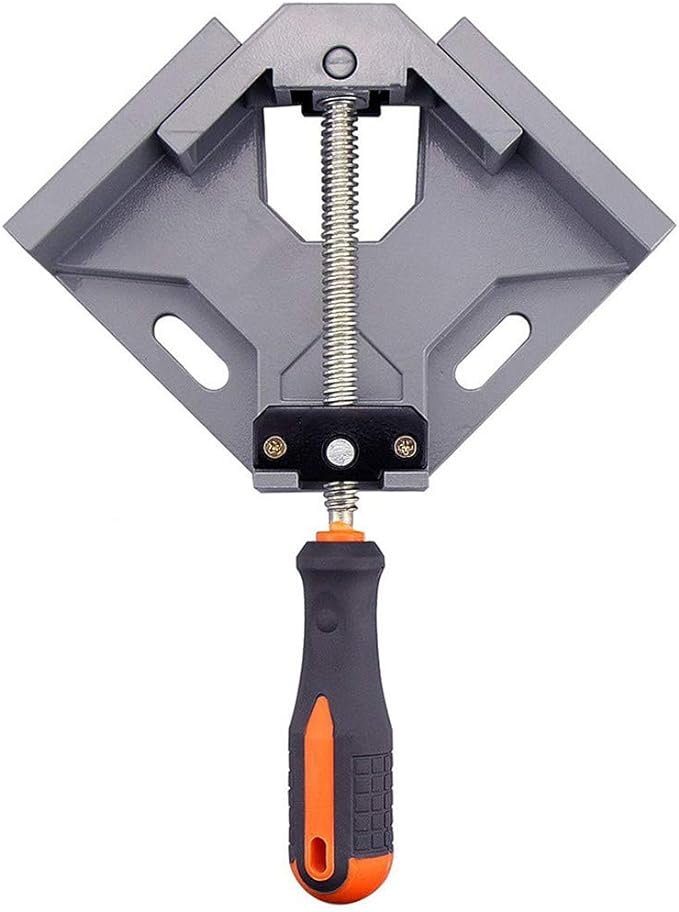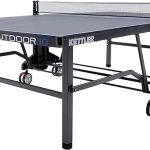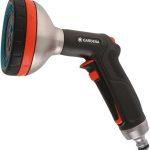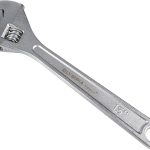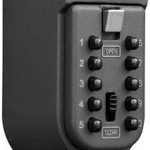Imagine you’re working on a woodworking project, and you need to assemble a precise joint. You reach for your trusty corner clamp, but which one should you choose? Take, for instance, the Housolution Single Handle 90° Aluminum Alloy Corner Clamp, which boasts durable die-casting aluminum alloy material and a comfortable rubberized single handle. But is it the best fit for your project? With so many options available, bear in mind the key factors that set the top corner clamps apart. Let’s explore the top five corner clamps that will take your woodworking skills to the next level.
Contents
- Housolution Single Handle 90° Aluminum Alloy Corner Clamp
- 90 Degree Corner Clamp, Adjustable Right Angle Clamp
- SEDY Corner Clamp – 90 Degree Right Angle Clamp
- WEICHUAN Aluminum Alloy Right Angle Clamp
- HORUSDY Corner Clamp for Woodworking
- Factors to Consider When Choosing Corner Clamps
- Frequently Asked Questions
- Conclusion
Housolution Single Handle 90° Aluminum Alloy Corner Clamp
When you need a reliable and precise tool for aligning and clamping wood blocks at a 90-degree angle, the Housolution Single Handle 90° Aluminum Alloy Corner Clamp is the best choice, offering an adjustable rotary jaw and rubberized single handle for secure and precise clamping.
This tool is designed to make your woodworking projects easier and more efficient.
Made of premium aluminum alloy die-casting material, it’s durable and can withstand heavy use.
With a maximum clamping range of approximately 2.68in/68mm, it can handle wood blocks of different thicknesses.
The rubberized single handle provides a comfortable grip, while the adjustable rotary jaw facilitates precise alignment.
Whether you’re a professional woodworker or a DIY enthusiast, this corner clamp is a must-have in your toolkit.
Best For: Professionals, DIY enthusiasts, woodworkers, handymen, and anyone who needs a reliable and precise tool for aligning and clamping wood blocks at a 90-degree angle.
Pros:
- Made of durable premium aluminum alloy die-casting material for heavy use
- Adjustable rotary jaw and rubberized single handle provide precise alignment and secure clamping
- Can handle wood blocks of different thicknesses with a maximum clamping range of approximately 2.68in/68mm
Cons:
- No batteries are included (although none are required since it’s hand-powered)
- No additional components or accessories are included beyond the angle clamp itself
- May not be suitable for extremely heavy-duty or industrial use due to its aluminum alloy construction
90 Degree Corner Clamp, Adjustable Right Angle Clamp
If you’re looking for a reliable corner clamp that can tackle small to medium-sized woodworking projects with ease, the Degree Corner Clamp, Adjustable Right Angle Clamp is the best choice for you, thanks to its adjustable size and smooth strong spring that can fit boards with a thickness of 3/16 – 3/4 inches.
This clamp is made of durable ABS and spring steel, ensuring it can withstand the demands of your woodworking projects.
You’ll appreciate the single-handed operation, which allows you to easily open and hold workpieces with one hand, making it perfect for tasks like building wooden boxes, picture frames, or birdhouses.
With an average rating of 4.2 out of 5 stars from over 4,500 customers, it’s clear that this clamp has earned its place as a top choice for woodworkers.
Best For: Woodworkers and DIY enthusiasts who need a reliable corner clamp for small to medium-sized woodworking projects.
Pros:
- Adjustable size fits boards with a thickness of 3/16 – 3/4 inches for 90-degree corner and T-joints
- Single-handed operation allows for easy opening and holding of workpieces with one hand
- High-efficiency design enables squaring and setting entire sides of wood boxes in one step
Cons:
- Springs may not be strong enough for heavy-duty projects
- Limited to small to medium-sized projects
- Some users found the springs to be not very strong
SEDY Corner Clamp – 90 Degree Right Angle Clamp
If you need a reliable and precise clamping solution for welding, framing, or woodworking projects that require a 90-degree angle, you’ll want to explore the SEDY Corner Clamp – 90 Degree Right Angle Clamp.
This clamp features an aluminum alloy adjustable swing jaw, allowing you to securely hold your workpieces in place.
The single handle has an antiskid rubberized grip, making it easy to operate.
With an adjustable rotary jaw, you can set up your project quickly and effortlessly.
The clamp’s oblong holes make it easy to mount, and the electroplating rotating spindle screw guarantees precise alignment and holding of your workpieces.
Best For: Professionals and DIYers who need a reliable and precise clamping solution for welding, framing, or woodworking projects that require a 90-degree angle.
Pros:
- Adjustable rotary jaw for instant and secure setup
- Single handle with antiskid rubberized grip for easy operation
- Oblong holes for easy mounting and precise alignment of workpieces
Cons:
- Limited clamping range of 2.6in/65mm
- Weight of 1.87 pounds may be heavy for some users
- No additional features or accessories included
WEICHUAN Aluminum Alloy Right Angle Clamp
For carpenters, woodworkers, and DIY enthusiasts, the WEICHUAN Aluminum Alloy Right Angle Clamp is the best choice when precise control and versatility are essential, offering a maximum clamping range of 2.75 inches and a swing jaw design for two-way rotation.
You’ll appreciate the die-casting aluminum alloy construction and soft TPR handle, making it comfortable to use and durable enough for heavy-duty projects.
With a jaw width of 3.74 inches and jaw depth of 1.38 inches, you can tackle a variety of tasks, from fixing wooden corners to welding and framing.
This hand-powered clamp is easy to use, and its single handle allows for smooth two-way rotation.
With an impressive 4.4-star rating from 679 reviewers, you can trust that this clamp will deliver reliable performance.
Best For: Carpenters, woodworkers, and DIY enthusiasts who need precise control and versatility in their clamping tasks.
Pros:
- Die-casting aluminum alloy construction makes it durable and suitable for heavy-duty projects
- Soft TPR handle provides comfort and ease of use
- Swing jaw design allows for two-way rotation and versatility in clamping tasks
Cons:
- Some reviewers mentioned minor issues with alignment and use
- No batteries are included, although the product is hand-powered and does not require batteries
- No specific warranty information is provided
HORUSDY Corner Clamp for Woodworking
When working with larger pieces of lumber, the HORUSDY Corner Clamp for Woodworking is the best choice, as it holds them together securely, allowing for quicker and more accurate work.
You’ll appreciate its durability, thanks to its sturdy aluminum alloy construction.
This right-angle clamp is suitable for various projects, including woodworking, carpentry, welding, engineering, and even photo framing.
You can use it to build jewelry cabinets, small storage chests, and more.
With an average rating of 4.3 out of 5 stars from 1,072 customer reviews, you can trust that this clamp will get the job done.
Plus, you’re protected by a 30-day return guarantee, so you can try it risk-free.
Best For: Woodworkers, carpenters, welders, engineers, and photo framers who need a reliable and durable clamp for holding larger pieces of lumber together securely.
Pros:
- Holds larger pieces of lumber together securely, allowing for quicker and more accurate work
- Made of durable aluminum alloy construction, ensuring long-lasting performance
- Suitable for various projects, including woodworking, carpentry, welding, engineering, and photo framing
Cons:
- Only 2 negative reviews out of 1,072 ratings, but the specific reasons for the negative reviews are not specified
- The product’s weight (2 pounds) may be a concern for some users who prefer lighter tools
- The product’s dimensions (11.4 x 8.9 x 2.4 inches) may not be suitable for smaller workspaces or projects
Factors to Consider When Choosing Corner Clamps
When you’re in the market for corner clamps, you’ll want to guarantee you get the right one for your project.
You’ll need to reflect on the type of material you’re working with, the amount of clamping force you need, and the size of the jaws.
Material Selection Matters
Your corner clamp’s performance hinges on the material it’s made of, and selecting the right one can make all the difference in your project’s success.
Die-casting aluminum alloy construction is a popular choice due to its durability, corrosion resistance, and ability to withstand heavy-duty use. However, if you’re on a budget, ABS (Acrylonitrile Butadiene Styrene) is a cost-effective and lightweight alternative, but it may not be as durable as metal options.
When it comes to the handle, you’ll want a material that provides a comfortable grip.
TPR (Thermoplastic Rubber) is a common choice for its soft, non-slip grip and resistance to wear and tear. If you’re working on woodworking projects that require high clamping pressure, steel or metal corner clamps may be a better option than plastic or aluminum alternatives.
Additionally, consider the material’s weight and density, as heavier materials can provide more stability and control. By choosing the right material for your corner clamp, you’ll be able to achieve professional-grade results and guarantee your projects turn out as planned.
Clamping Force Capacity
You’ll need to take into account the clamping force capacity of your corner clamp, as it directly affects the quality of your project’s joints and the stability of the workpiece during assembly.
This force is usually measured in pounds per square inch (psi) or kilograms per square centimeter (kg/cm²). A higher clamping force capacity guarantees that your workpiece is held securely in place, reducing the risk of movement or shifting during gluing and assembly.
When choosing a corner clamp, consider the type of project you’re working on and the materials involved.
For instance, if you’re working with thick or hardwood, you’ll need a clamp with a higher clamping force capacity to secure a firm hold. On the other hand, if you’re working with thinner materials, a lower clamping force capacity might be sufficient.
Balancing the clamping force with the material’s strength is crucial to avoid damaging the workpiece.
Jaw Width and Depth
Choosing the right corner clamp means selecting a jaw width and depth that accommodates the size and shape of your workpieces, providing stable and secure holding during assembly and gluing.
You need to take into account the maximum width and depth of the materials you’ll be working with to guarantee the clamp can handle them. A clamp with adjustable jaws is ideal, as it allows you to accommodate different sizes of workpieces.
When evaluating jaw width, think about the thickest material you’ll be working with.
If you’re working with thick lumber or large trim, you’ll need a clamp with a wider jaw width. On the other hand, if you’re working with smaller materials, a narrower jaw width will suffice.
Jaw depth is equally important, as it determines how far the clamp can reach into a corner or onto a workpiece.
You’ll want a clamp with a deep enough jaw to securely hold your workpieces in place.
Handle Type and Grip
When selecting a corner clamp, the type of handle you settle on can profoundly impact your overall experience, as it affects not only usability but also fatigue levels and control.
A rubberized grip, for instance, provides a secure hold and reduces fatigue during extended use. You’ll also appreciate a single-handed operation, which allows you to open and hold workpieces with one hand, making the process much easier.
The material and design of the handle are also vital. You may want to opt for handles made from durable materials like aluminum alloy or TPR, which are less prone to breakage than ABS handles.
The grip style and material can influence comfort and control, with soft TPR handles providing a comfortable grip and reducing slippage. Additionally, adjustable handles can enhance usability, allowing for precise alignment and holding of workpieces.
Adjustable or Fixed Jaws
Two fundamental design elements of corner clamps that demand careful consideration are adjustable and fixed jaws, each catering to distinct project requirements and workpiece specifications.
As you choose between these two designs, think about the types of projects you’ll be working on and the materials you’ll be using.
Adjustable jaws offer greater versatility, allowing you to accommodate different workpiece thicknesses, making them suitable for a wide range of projects and materials.
On the other hand, fixed jaws provide a more precise and secure hold for specific workpiece dimensions, making them ideal for repetitive tasks or large-scale productions.
Consider the specific requirements of your projects and the materials you’ll be working with. If you need to work with varying thicknesses, adjustable jaws might be the way to go.
But if you’re working on a large-scale production with uniform materials, fixed jaws could be the better choice.
Maximum Clamping Range
Your corner clamp’s maximum clamping range determines the maximum thickness of the workpiece it can hold securely, so you must choose a clamp that can accommodate your project’s specific material dimensions.
If you’re working with thin materials, a clamp with a lower maximum clamping range might suffice. However, if you’re working with thicker materials, you’ll need a clamp that can handle the extra thickness.
When considering the maximum clamping range, think about the type of projects you typically work on. If you’re a woodworker who often works with thick lumber, you’ll want a clamp with a higher maximum clamping range.
On the other hand, if you’re a crafter who primarily works with thin materials, a clamp with a lower maximum clamping range might be sufficient.
Make sure to check the specifications of the clamp you’re considering to confirm it can handle the thickness of your workpiece.
You don’t want to find out mid-project that your clamp can’t hold your workpiece securely. By choosing a clamp with the right maximum clamping range, you’ll be able to work efficiently and effectively.
Weight and Portability
As you weigh your options for a corner clamp, consider how important portability is to your workflow, and whether a lightweight model like the C CASIMR’s 7.7 ounces or a heavier option like the Housolution’s 1.66 pounds best fits your needs.
The weight of your corner clamp can substantially impact its ease of use, with lighter clamps potentially being easier to maneuver and store.
If you’re constantly on the go, working on different projects or at multiple work sites, a lightweight corner clamp is ideal.
On the other hand, if you prioritize durability and stability, a heavier model might be the way to go.
Ultimately, the ideal weight for a corner clamp depends on your specific needs and preferences.
Will you be working on small, intricate projects or large, heavy-duty tasks?
Do you need to transport your clamp frequently, or will it remain stationary?
Answering these questions will help you determine the perfect balance of weight and portability for your corner clamp.
Durability and Build
When choosing a corner clamp, ensuring its durability and build quality is essential, since a well-constructed clamp will withstand heavy use, resist wear and tear, and provide reliable performance over time.
You want a clamp that can handle the demands of your project, and that means looking for sturdy construction.
A die-casting aluminum alloy build is a good starting point, as it provides the strength and durability you need.
The handle is also vital, as it affects your comfort and control while working.
Look for a robust handle made of rubberized TPR, which provides a secure grip and comfortable operation.
Additionally, consider the clamp’s jaw width and depth, ensuring it can accommodate various workpiece sizes and types.
A minimum clamping range of 2.6 inches is a good benchmark.
A smooth and secure adjustment mechanism, such as an oblong hole for easy mounting and a floating head for precise alignment, is also essential.
Frequently Asked Questions
Can Corner Clamps Be Used for Metalworking Projects?
When working on metalworking projects, you’ll find corner clamps are super useful, as they provide even pressure and prevent distortion, making them ideal for holding metal pieces together while welding or bonding.
Are Corner Clamps Suitable for Use With Softwoods?
You’re traversing the woodworking landscape like a pro, and now you’re wondering if corner clamps are suitable for softwoods. The answer is yes, they’re perfect for softwoods like pine or fir, providing even pressure without crushing the wood.
Can Corner Clamps Be Used for Angles Other Than 90 Degrees?
You’re wondering if corner clamps can handle angles beyond 90 degrees. The answer is yes, many corner clamps are adjustable, allowing you to secure joints at various angles, making them versatile for different project needs.
Are Corner Clamps Suitable for Use With Thin Materials?
“As you delicately craft your masterpiece, you wonder if thin materials can handle the pressure. The answer is yes, you can use corner clamps on thin materials, but be gentle, as they can be unforgiving.”
Can Corner Clamps Be Used for Non-Woodworking Projects?
You can definitely use corner clamps for non-woodworking projects, like crafting, DIY decor, or even repairing plastic or metal parts, since they provide even pressure and won’t damage your materials.
Conclusion
You’ve narrowed down your options to the top 5 corner clamps on the market.
Now, it’s time to make your move. Don’t count your chickens before they hatch, but with these high-quality clamps, you’ll be well on your way to creating flawless joints.
Whether you’re a seasoned pro or a DIY enthusiast, these clamps will help you hammer out precise 90-degree angles with ease.
Take the reins and get ready to tackle your next woodworking project with confidence!
